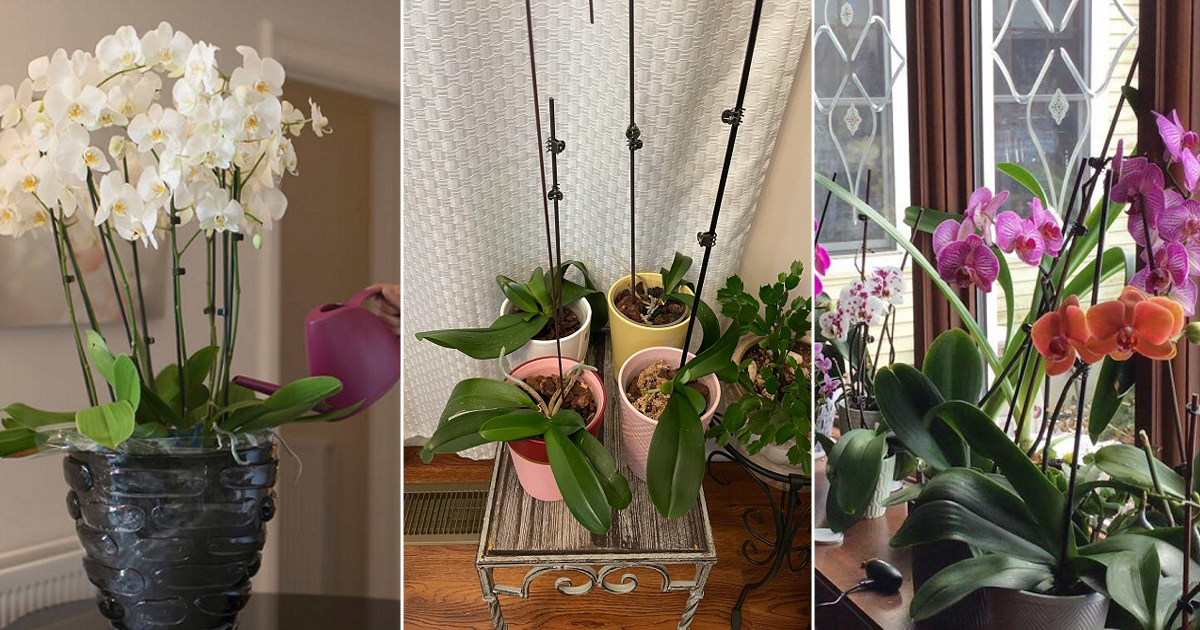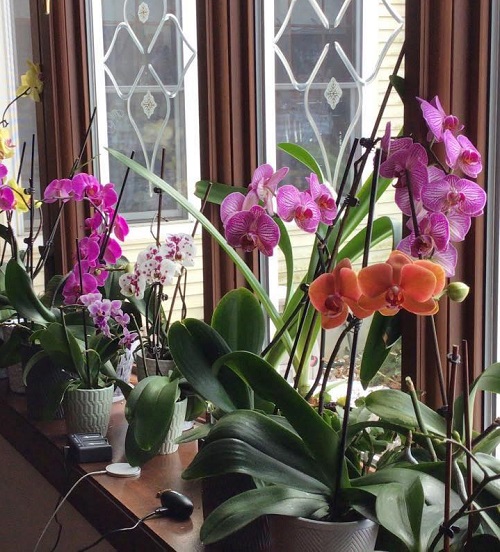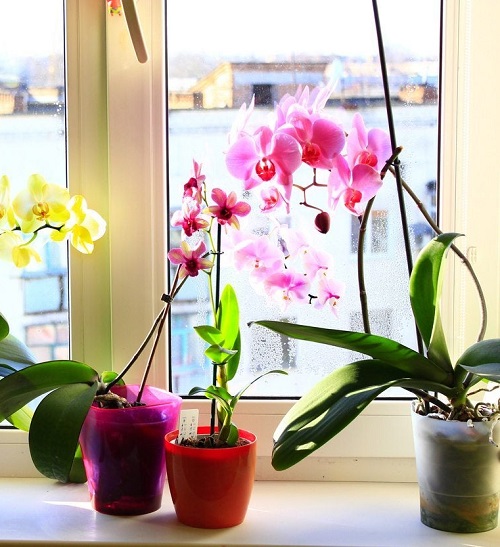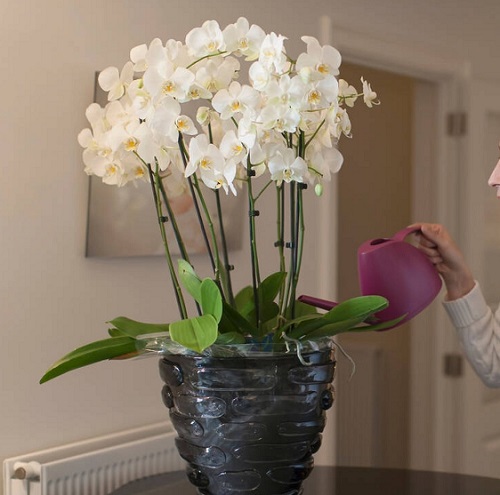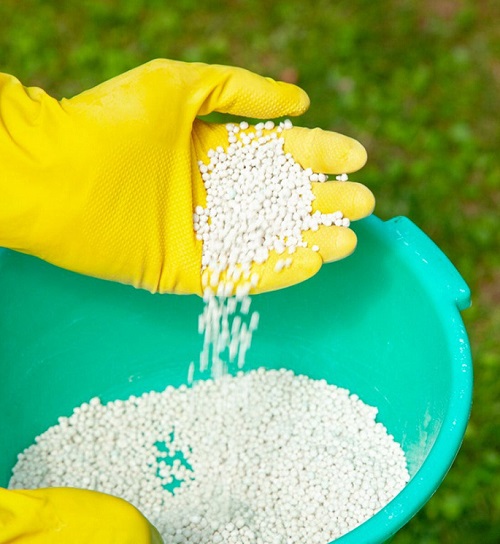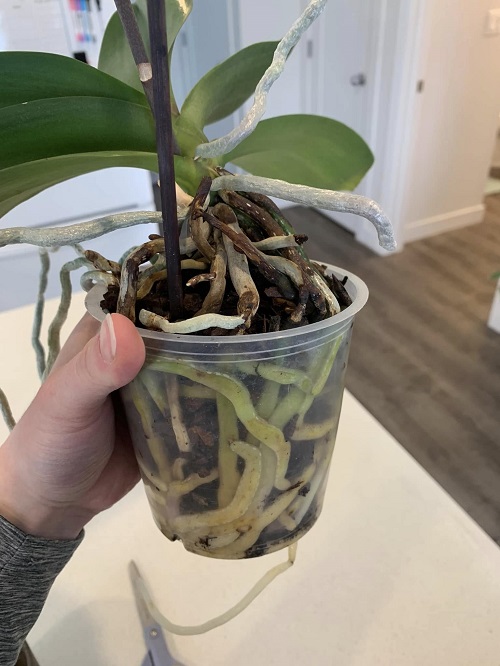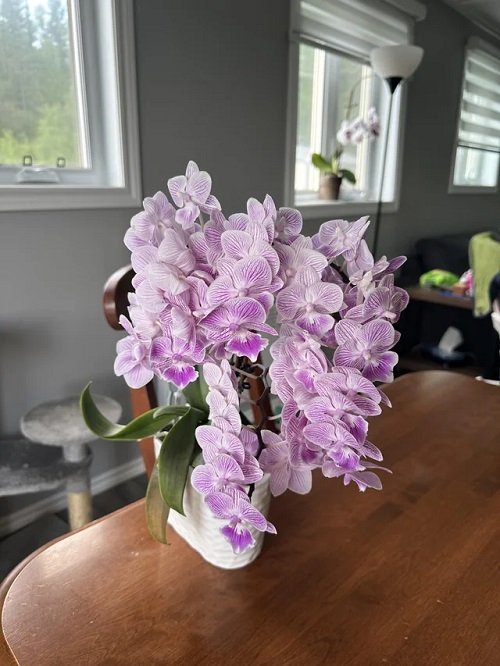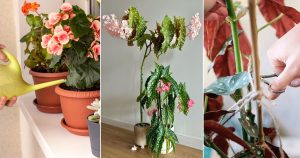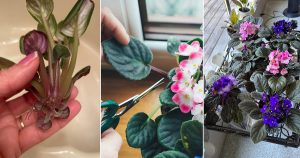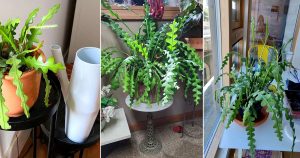Read about the Reasons Your Orchid isn’t Blooming and How to Fix Each One to help it flower beautifully again.
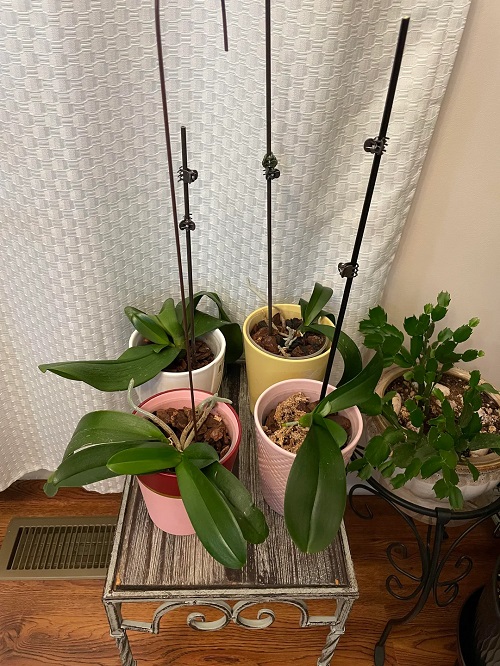
Orchids are beautiful plants, known for their exotic and delicate flowers. But sometimes, no matter how well you care for them, they just won’t bloom. If your orchid has healthy green leaves but no flowers, don’t worry — you’re not alone. Many orchid lovers face this problem. The good news is that most blooming issues have simple solutions. Let’s look at the common reasons your orchid isn’t blooming and how you can fix each one.
Reasons Your Orchid isn’t Blooming and How to Fix Each One
1. Not Enough Light
Problem: Orchids, especially Phalaenopsis (the most common type), need bright but indirect light to bloom. If your orchid is in a dark corner or far from a window, it may not be getting enough light.
Fix: Move your orchid closer to a window with filtered sunlight. An east-facing window is ideal. If the leaves are dark green, it’s a sign the plant wants more light. Aim for medium green leaves instead. If natural light isn’t enough, you can use a grow light.
2. Too Much Light
Problem: While orchids love light, direct hot sunlight can burn their leaves and stress the plant, stopping it from blooming.
Fix: Make sure the light is bright but not harsh. Use sheer curtains or place the plant behind other objects to filter the sun. Yellow or scorched leaves are a sign of too much light.
3. Incorrect Temperature
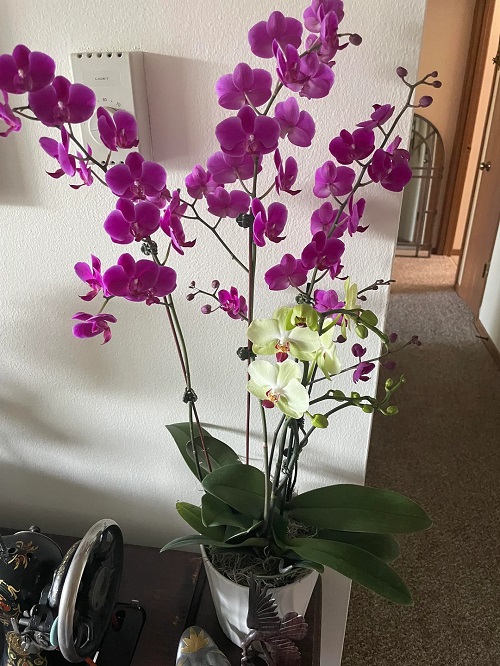
Problem: Orchids need a drop in temperature at night to trigger blooming. If your home stays the same temperature all day and night, your orchid might not get the signal to flower.
Fix: Try placing your orchid in a cooler spot at night. A difference of 10°F (around 5°C) between day and night temperatures is enough. This mimics the orchid’s natural environment.
4. Not Enough Water or Overwatering
Problem: Watering mistakes are common. Too much water can cause root rot, while too little can dry out the plant. Both can stop blooming.
Fix: Water your orchid once a week, allowing the potting mix to dry slightly between waterings. Use a pot with drainage holes, and never let the roots sit in water. Check the roots — healthy ones are firm and green or silver.
5. Lack of Humidity
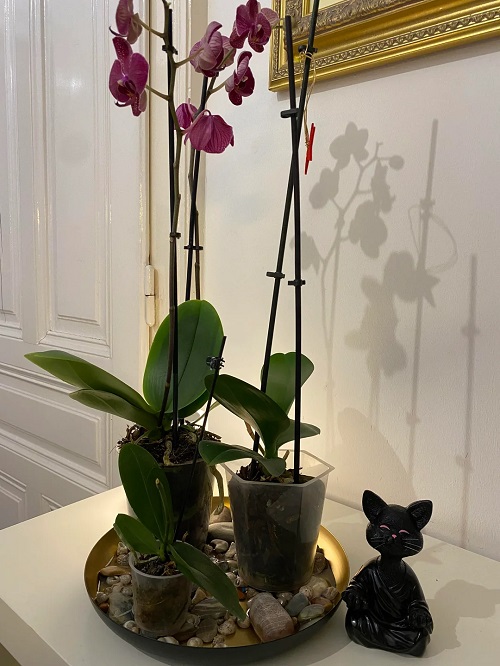
Problem: Orchids are tropical plants and love humidity. If the air in your home is dry, especially in winter, your orchid may stop blooming.
Fix: Increase humidity by placing a tray of water with pebbles under the pot (make sure the pot isn’t sitting in water). You can also mist the plant or use a room humidifier. Aim for 50–70% humidity.
6. No Fertilizer or Wrong Fertilizer
Problem: Orchids need nutrients to bloom. If you’ve never fertilized your plant or used the wrong type, it might not have enough energy to flower.
Fix: Use a balanced orchid fertilizer (like 20-20-20) once or twice a month. During the blooming season, switch to a “bloom booster” fertilizer that’s higher in phosphorus (like 10-30-20). Always follow the instructions and never over-fertilize.
7. Pot Is Too Big or Roots Are Crowded
Problem: Orchids like tight spaces. If the pot is too big, the plant focuses on growing roots instead of flowers. On the other hand, if the roots are too crowded and overflowing, the plant can get stressed.
Fix: Repot your orchid every 1–2 years using fresh orchid bark or mix. Choose a pot that’s just slightly bigger than the root system. This keeps the plant happy and encourages blooming.
8. The Orchid Just Finished Blooming
Problem: Orchids bloom in cycles. After flowering, they rest before blooming again. If you just bought an orchid that recently bloomed, it may take months to flower again.
Fix: Be patient. Continue to care for your orchid by giving it the right light, water, and food. In time, new flower spikes will form

